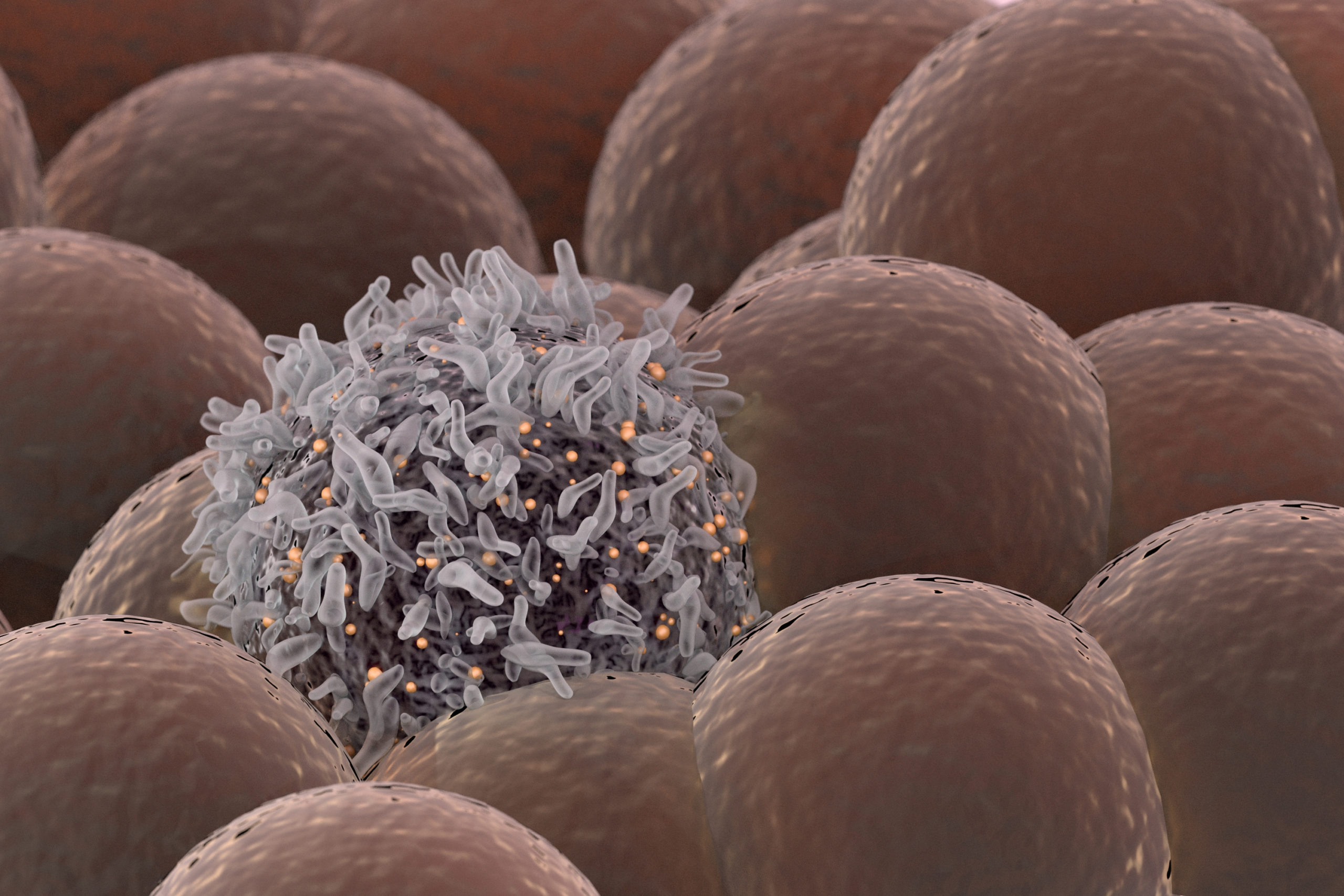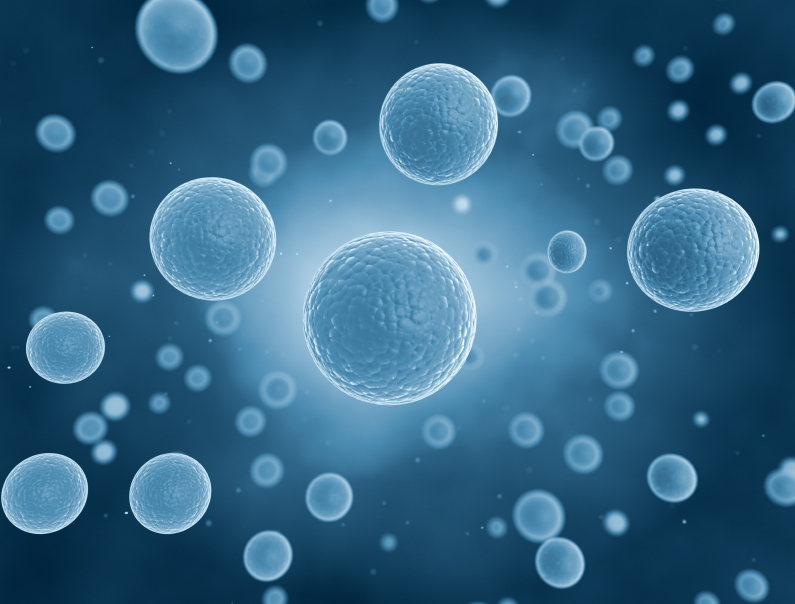
Northwestern Medicine scientists have discovered how a protein in a deadly type of lung cancer can control how the immune system responds to the tumor, according to a study published in the Proceedings of the National Academy of Sciences.
Lung cancer is the leading cause of cancer-related death in the U.S., accounting for about 1 in 5 of all cancer deaths, according to the American Cancer Society.
KRAS is one of the most frequently mutated genes in lung cancer and is often linked to treatment resistance, said Lillian Eichner, PhD, assistant professor of Biochemistry and Molecular Genetics, who was lead author of the study.
“In our previous work, we reported findings showing that the protein HDAC3is extremely important for lung cancer growth in two different in vivo models of KRAS-driven lung adenocarcinoma,” said Eichner, who is also a member of the Robert H. Lurie Comprehensive Cancer Center of Northwestern University. “But a fundamental question still remained at the end of that study: Does HDAC3 regulate any gene program that is shared across different subsets of KRAS-driven lung cancer?”
In the study, Eichner and her collaborators cultured multiple types of KRAS-driven lung cancer cells without HDAC3to better understand the effects of the protein. By employing RNA sequencing, investigators found that HDAC3 in lung tumor cellsregulates genes responsible for recruitment of T-cells – immune fighter cells that are critical effectors of immunotherapies.
Next, using two mouse models of KRAS-driven lung cancer, investigators inactivated HDAC3 and observed enhanced T-cell recruitment into lung tumors.
Finally, investigators administered a combination therapy of the HDAC3-blocking drug entinostat and the cancer drug trametinib to mice harboring KRAS mutant lung tumors and found that helpful tumor-fighting T-cells increased in quantity within the lung tumors, according to the findings, halting tumor growth.
Together, the findings offer new insight into how KRAS-mutant lung tumors evade the immune system, Eichner said.
“Our findings prove that HDAC3 within the tumor cells themselves is a driver of the immune microenvironment,” Eichner said. “By leveraging the spatial precision facilitated by our powerful model systems, we were able to determine what HDAC3 is doing specifically within the tumor, which allowed us to make the discovery that HDAC3 in the tumor is actively restraining the immune recruitment that would be helpful to fight the tumor.”
Building off of this discovery, Eichner and her laboratory are continuing to explore the potential of the combination therapy approach that has shown early promise in suppressing tumor growth.
“It’s my intention to continue to explore the potential for clinical translation of these findings. My hope is that this paper will help continue to motivate clinical interest in this combination. As a basic scientist, I’m really fascinated by the underlying mechanisms now that we’ve identified what I think is really important tumor biology.”
The study was supported by the American Cancer Society and National Institutes of Health grant K22CA251636. Additional funding was provided by National Institutes of Health grants R35CA220538 and P01CA120964, the Leona M. and Harry B. Helmsley Charitable Trust, the V Foundation for Cancer Research, and the Robert H. Lurie Comprehensive Cancer Center.






